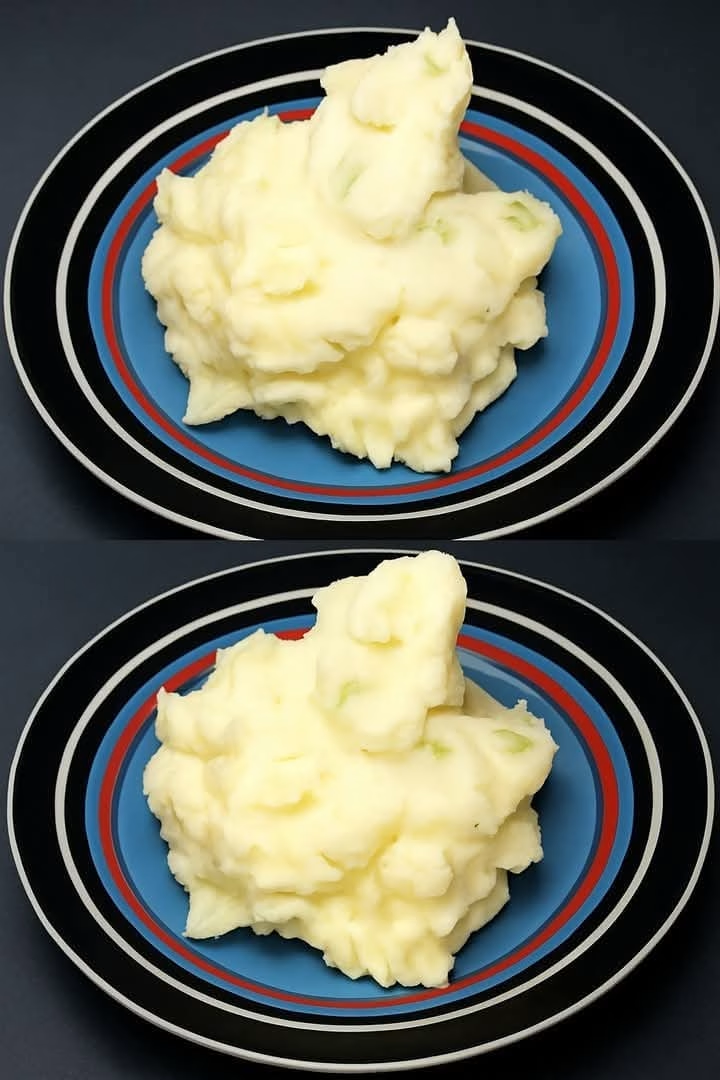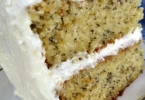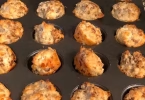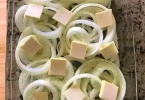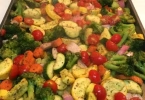The Secret to Creamy Mashed Potatoes: Why You Should Never Boil Them in Water
Mashed potatoes are comfort on a plate—rich, buttery, and dreamy. But boiling them in water robs flavor and thins the texture. Cook them in milk, cream, and butter instead, and you’ll get restaurant-level mashed potatoes every time.

Why This Recipe Works
Most mashed potato recipes start by boiling potatoes in plain water — which sounds safe, but that water leaches flavor and washes away starch that helps make the mash silky. This method cooks potatoes gently in milk, cream, and butter so the potatoes absorb richness as they soften. No draining, no wasted starch — just one pot and exceptional results.
Ingredients (and Why They Matter)
- 2 pounds Yukon Gold potatoes – naturally creamy and buttery; choose Russets if you want a fluffier finish.
- 2 cups whole milk – prevents a watered-down taste and forms the cooking base.
- 1 cup heavy cream – adds luxurious body and a silky mouthfeel.
- 1/2 cup (1 stick) unsalted butter – classic richness and flavor; unsalted gives you control over salt.
- 2 teaspoons kosher salt – seasons the potatoes while they cook so flavor penetrates.
- Freshly ground black pepper – balances the richness; fresh grind is best.
- Optional: roasted garlic, grated Parmesan, fresh chives or parsley for brightness.
Step-by-Step Instructions
- Prep the potatoes: Peel and cut potatoes into even 1½-inch chunks so they cook uniformly.
- Combine in the pot: Place potatoes in a large heavy-bottomed pot. Add milk, cream, butter, and salt. Add enough liquid to just cover the potatoes.
- Bring to a gentle simmer: Heat over medium until the liquid barely simmers — avoid a rolling boil that can scorch dairy and break potatoes apart.
- Cook until tender: Simmer 20–25 minutes, stirring occasionally. Potatoes are done when a fork slides through easily.
- Mash to perfection: Turn off heat. Mash directly in the pot using a ricer for silkiness or a masher for a heartier texture. Avoid a blender or food processor (they can make the mash gluey).
- Adjust seasoning: Taste and add salt or pepper as needed. Stir in an extra tablespoon or two of butter for extra sheen and flavor.
Pro Tips for Perfect Mashed Potatoes
- Season while cooking: Salt the cooking liquid so flavor is absorbed, not just sprinkled on top.
- Cut evenly: Uniform chunks cook evenly; no surprises of hard centers or mushy bits.
- Use a ricer for ultra-smooth mash: A ricer or food mill gives restaurant-style silkiness without overworking starch.
- Warm your serving bowl: Keeps the potatoes creamy longer on the table.
Serving Suggestions
These mashed potatoes pair beautifully with roast chicken, turkey, beef, or meatloaf. Try them under a shepherd’s pie topping, or elevate with roasted garlic and Parmesan for a gourmet side. Garnish with chopped chives or parsley for color and freshness.
Frequently Asked Questions
- Can I make these ahead?
- Yes — make up to 2 days in advance. Store airtight in the fridge and reheat gently on the stove with a splash of milk or cream.
- What if I don’t have heavy cream?
- Substitute half-and-half for a lighter texture. For dairy-free, use unsweetened almond milk + a couple tablespoons of olive oil (texture will differ).
- Are Yukon Golds required?
- Not required — Yukon Golds are recommended for their buttery feel. Russets give a lighter, fluffier mash.
Why Home Cooks (and Guests) Love This Method
By skipping the draining step and using dairy as the cooking medium, you preserve starches and infuse flavor into every bite. The result is consistently rich, fluffy, and deeply flavored mashed potatoes that feel indulgent yet simple to make.

